
Ingredient
Russian tarragon
The Herbaceous Elegance
Russian tarragon, also known as Artemisia dracunculus, has slender, dark green leaves and a subtle licorice-like taste. It is milder in flavor compared to its French counterpart and is commonly used in soups, stews, sauces, and dressings to impart a unique herbal note.
Origins and history
Russian tarragon is believed to have originated in Siberia and Central Asia. It has been used in traditional Russian and Eurasian cuisines for centuries, known for its medicinal properties and culinary value. Today, it is cultivated in various parts of the world.
Nutritional information
Russian tarragon is low in calories and contains essential vitamins and minerals like vitamin A, vitamin C, iron, and potassium. It also possesses antioxidant properties that contribute to overall health and well-being.
Allergens
Russian tarragon may cause allergic reactions in individuals who are sensitive to certain plants in the Asteraceae family, such as ragweed or daisies. It is advisable to exercise caution if you have known allergies.
How to select
When selecting Russian tarragon, look for fresh, vibrant leaves that are free from discoloration or wilting. The leaves should have a strong aroma, indicating their freshness and flavor.
Storage recommendations
To maintain the freshness of Russian tarragon, store it in the refrigerator wrapped in a damp paper towel or placed in a perforated plastic bag. This helps retain moisture while allowing air circulation. Avoid washing the herb until just before use to prevent wilting.
How to produce
Russian tarragon can be easily grown in home herb gardens or purchased from local farmers markets or grocery stores. It thrives in well-drained soil, ample sunlight, and moderate watering.
Preparation tips
Russian tarragon can be used in a variety of dishes, including soups, stews, sauces, dressings, marinades, and herbal teas. It pairs well with poultry, fish, vegetables, and grains, adding a subtle herbal complexity to the overall flavor profile.
Substitutions
French tarragon can be used as a suitable substitute for Russian tarragon, although it has a stronger flavor. Use it in slightly smaller quantities to achieve a similar taste.
Culinary uses
Russian tarragon is commonly used in Russian, Eurasian, and Eastern European cuisines. It is a staple herb in dishes like borscht, stroganoff, pelmeni, and vinegret. It also complements a variety of international cuisines, including French and Mediterranean.
Availability
Russian tarragon is commonly available in regions where it is cultivated, including Russia, Eastern Europe, and parts of Central Asia. It can also be found in specialty food stores or online retailers.
More ingredients from this category

Aztec sweet herb
The Sweet Secret of the Aztecs

Stevia
The Sweet Secret of Stevia
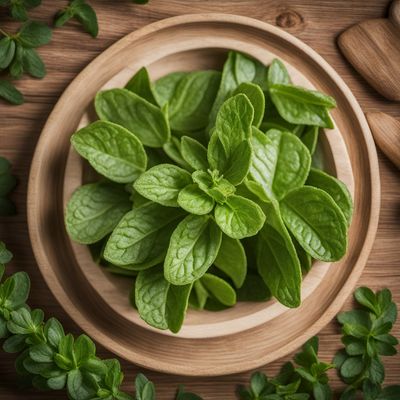
Mexican oregano
The Flavorful Herb

Epazote
The Magical Herb: Unveiling the Secrets of Epazote
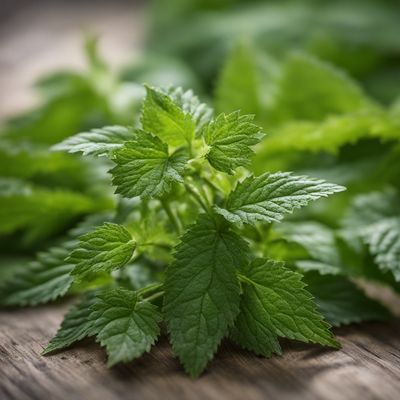
Other urtica species
The Hidden Gems of Urtica: Exploring Lesser-Known Species

Hyssop
Hyssop: Unveiling the Herbal Elixir of Ancient Times

Common nettle
The Nutritional Powerhouse

Tarragon
The Herb of Elegance
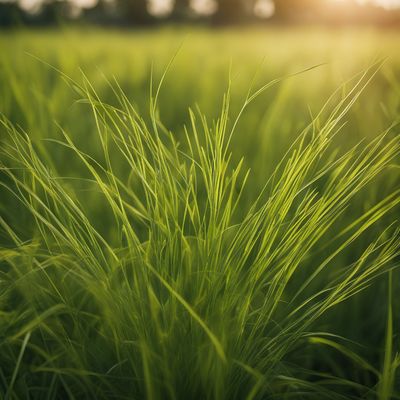
Lemongrass
The Zesty Herb
Recipes using Russian tarragon » Browse all

Luscious Lobster Quiche
Savory Delight: Lobster Quiche with a French Twist
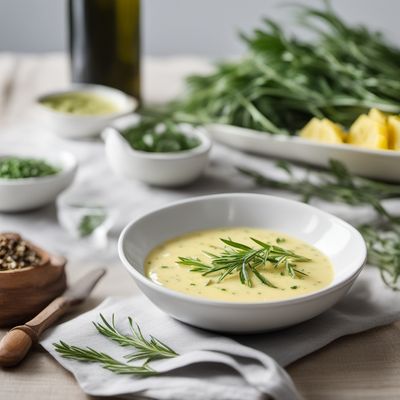
Homemade Béarnaise Sauce
Velvety French Delight: Homemade Béarnaise Sauce
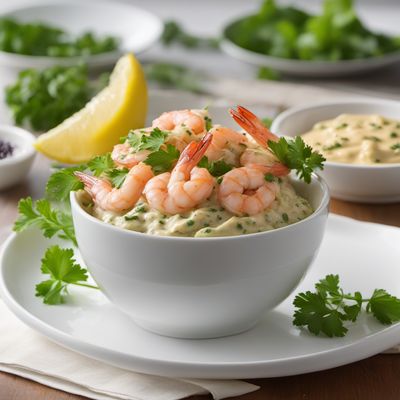
New American Shrimp Remoulade
Zesty Shrimp Delight: A Modern Twist on Cajun Remoulade
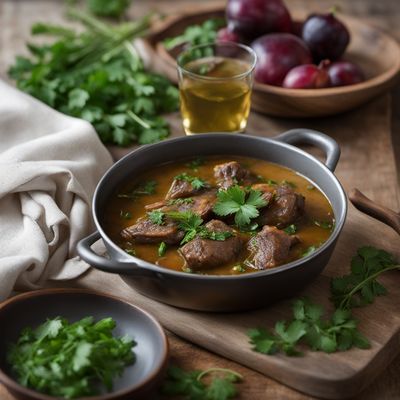
Chakapuli - Georgian Lamb Stew with Herbs and White Wine
Savory Delight: Georgian Lamb Stew Bursting with Fresh Herbs and White Wine

Irish Green Sauce with Sausages
Emerald Isle Delight: Irish Green Sauce with Savory Sausages

Lobster a l'Americaine
Savory Delight: American-style Lobster Extravaganza

Lahori Café de Paris Chicken
Savor the Lahori Twist: Café de Paris Chicken
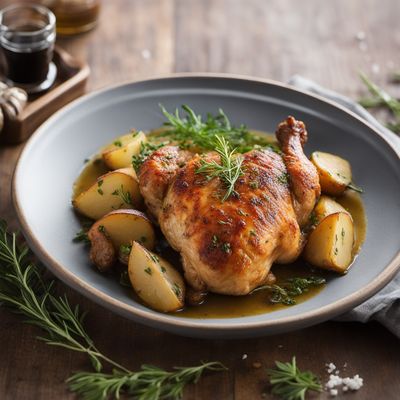
Poulet au Vinaigre with Herbed Potatoes
Tangy French Chicken with Fragrant Herbed Potatoes
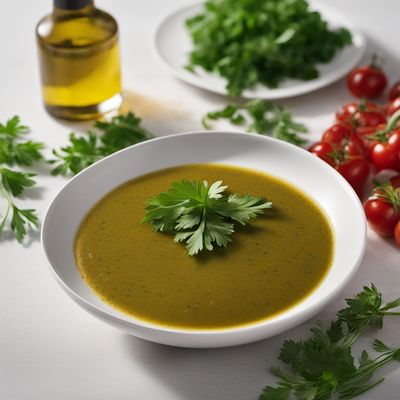
Sauce Ravigote
Herbaceous Delight: Sauce Ravigote

French-inspired Herb and Cheese Omelet
Savory Delight: Herb and Cheese Omelet with a French Twist

Chicken Parmigiana
Poulet Parmesan

Tarkhunis Ghvezeli - Georgian Tarragon Chicken
Savory Georgian Tarragon Chicken Delight